Hey there, awesome teachers of little kids! You know Gimkit. It’s super fun for older students. They love the games. They learn a lot too. But guess what? We can use Gimkit with young learners too! I know. It sounds a bit crazy. Gimkit for preschoolers and kindergarteners? Really? Yes! With some fun ideas, we can use this cool tool. It can bring some extra fun to our preschool learning activities. It can make our kindergarten learning activities even better! Let’s see how!
Understanding the Potential: Gimkit Features for Young Learners (with Modifications)
Focusing on Visual Questions
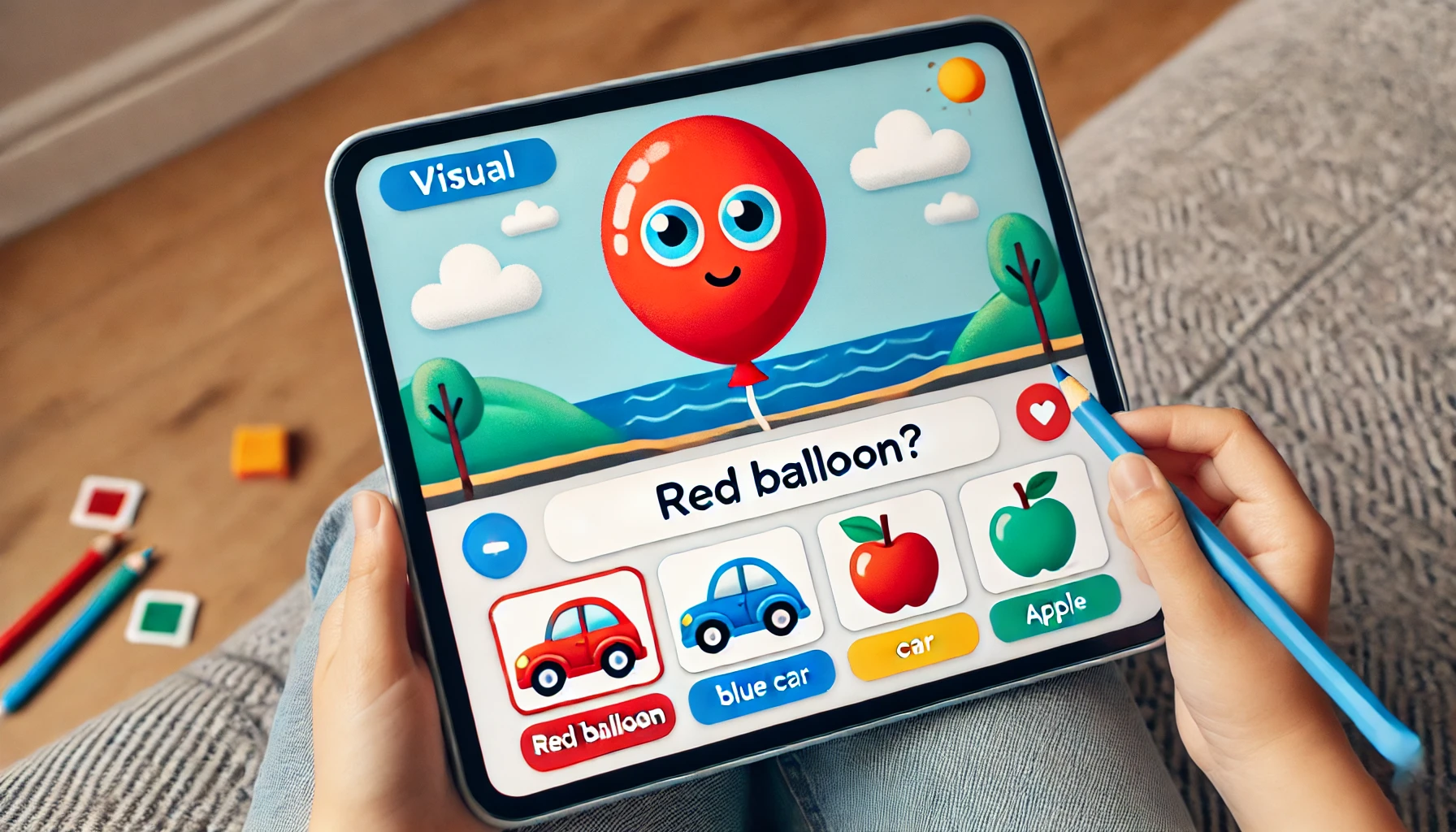
Guess what’s super cool? Gimkit lets you put pictures in the questions. You can also put pictures in the answers! This is amazing for our little friends. They might not read words yet. But they can look at pictures. We can use big, bright pictures. Pictures of things they know. Like toys. Or animals. Or yummy food. We can show a picture of a red balloon. Then we can ask them to pick the red balloon from a few choices. It’s all about visual learning! This makes Gimkit adaptations for preschool totally possible. We can make learning so much fun with pictures. Understanding the principles of Visual Learning in Early Childhood Education is key to effectively using this approach.
You might be interested to know more about Gimkit’s interactive features that support this.
Simple Game Modes (Teacher-Led)
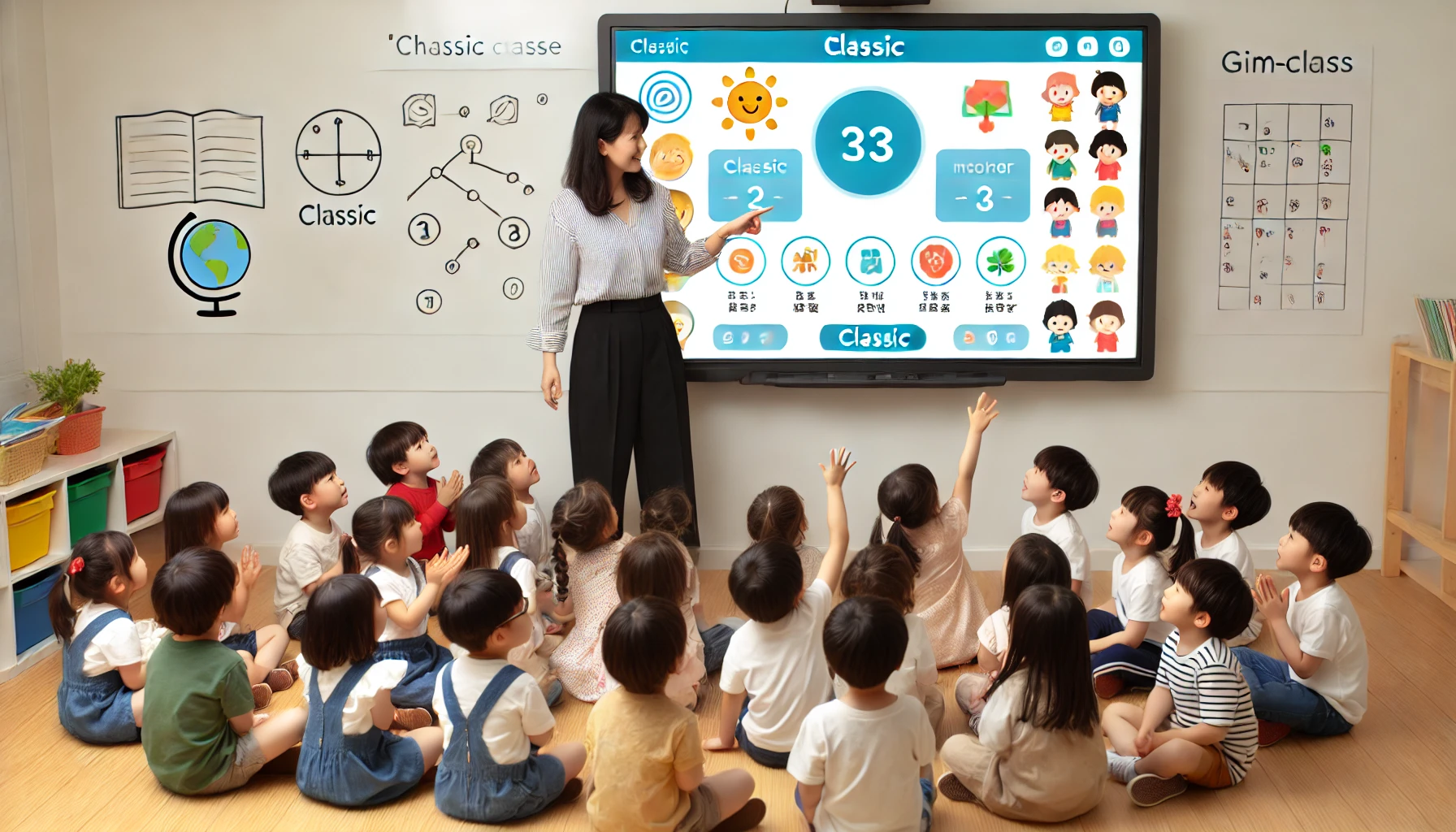
Okay, our little ones won’t play by themselves yet. They need our help. But the basic games in Gimkit can still work! Think about the “Classic” game. We can play it as a whole class. We can be the ones in charge. We can show the questions on the big screen. They can shout out the answers. Then we can click the right one. If you’re new to the platform, you might want to read our guide on how to play Gimkit yourself to understand the basic mechanics. It’s all about whole-class engagement! We are leading the game. They are having fun and learning together. This is perfect for teacher-led Gimkit games for young learners. We can make it a great group activity.
The Power of Repetition and Reinforcement
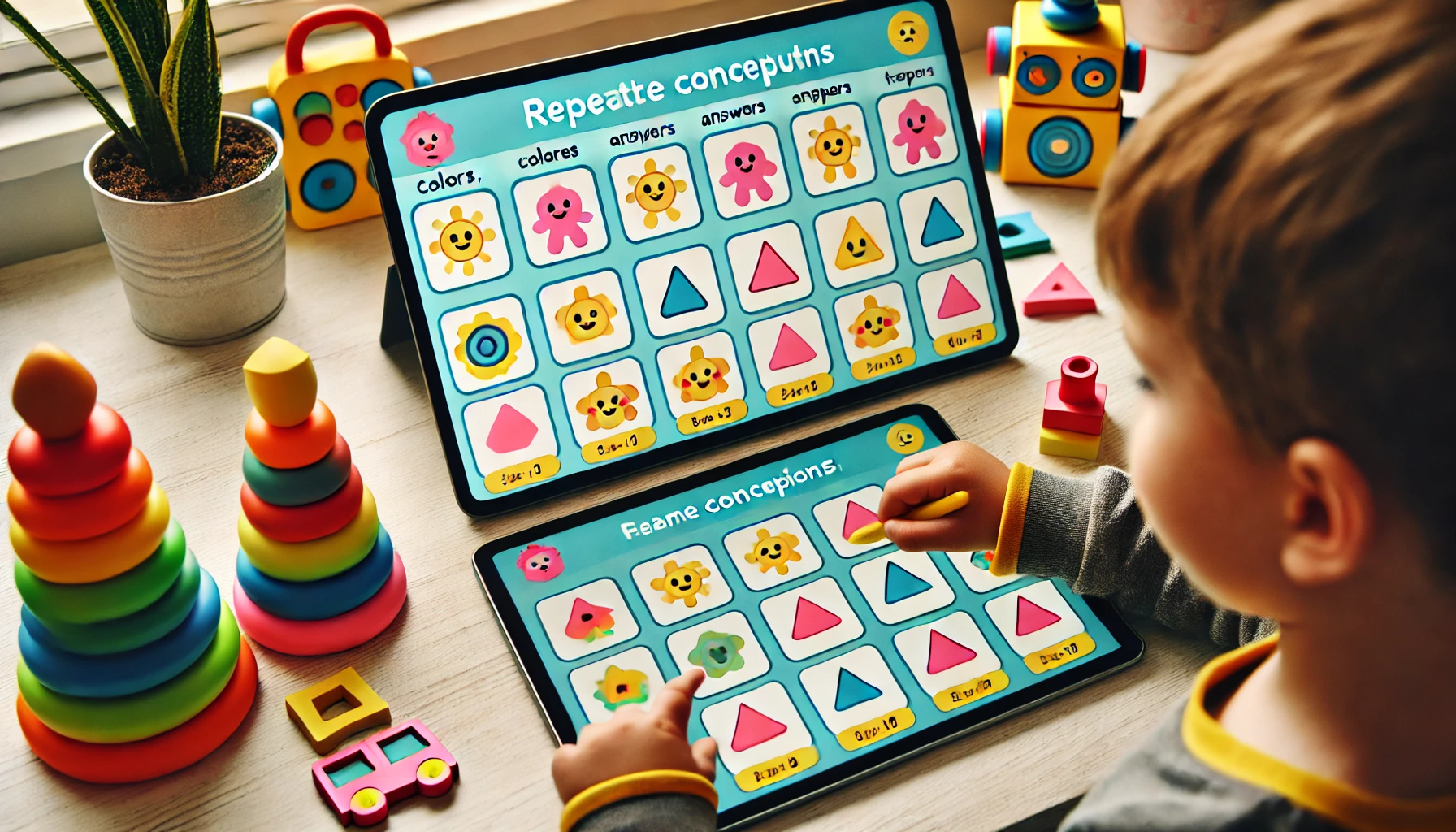
Little kids learn by doing things again and again. Gimkit is great for this! They get to see the same ideas many times in a game. This helps them remember what they learned. It makes the learning stick. It’s like a fun way to practice things over and over. This is fantastic for reinforcement activities! They won’t even know they are learning so much. They will just think they are playing a game. Recognizing the role of repetition in early childhood development helps us appreciate why this feature of Gimkit is so beneficial for young learners.
Whole-Class Engagement and Interactive Whiteboard Use
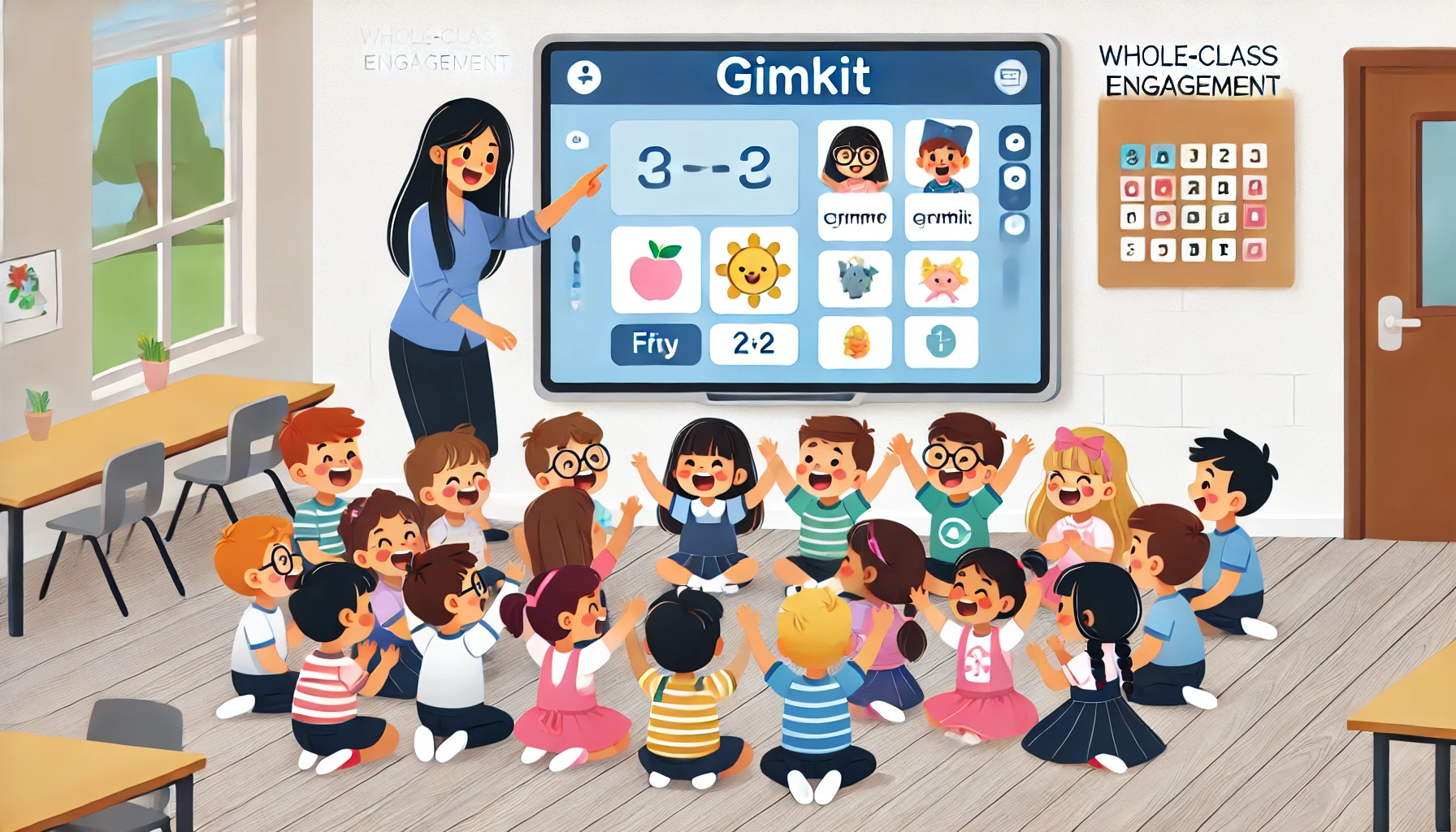
Imagine all your little students sitting on the floor. They are looking at the big interactive whiteboard. You are running the Gimkit game. They are all excited. They are shouting out the answers together. It’s a great way to get everyone involved. They are all learning at the same time. Plus, it makes learning a social thing. They are having fun with their friends. This is key for engaging kindergarteners with Gimkit. They will love being part of the group activity.
Creative Ways to Adapt Gimkit for Preschool and Kindergarten
Color and Shape Recognition Games

Let’s play a game with colors! We can show a big picture of a yellow star. Then we can have choices like a blue circle, a green triangle, and a yellow star. They can all shout “Yellow star!” when they see the right one. It’s a super fun way to learn colors and shapes. We can do this over and over. They will learn their colors and shapes in no time. These are great preschool learning activities! We can make it a real color and shape party!
Letter and Number Identification
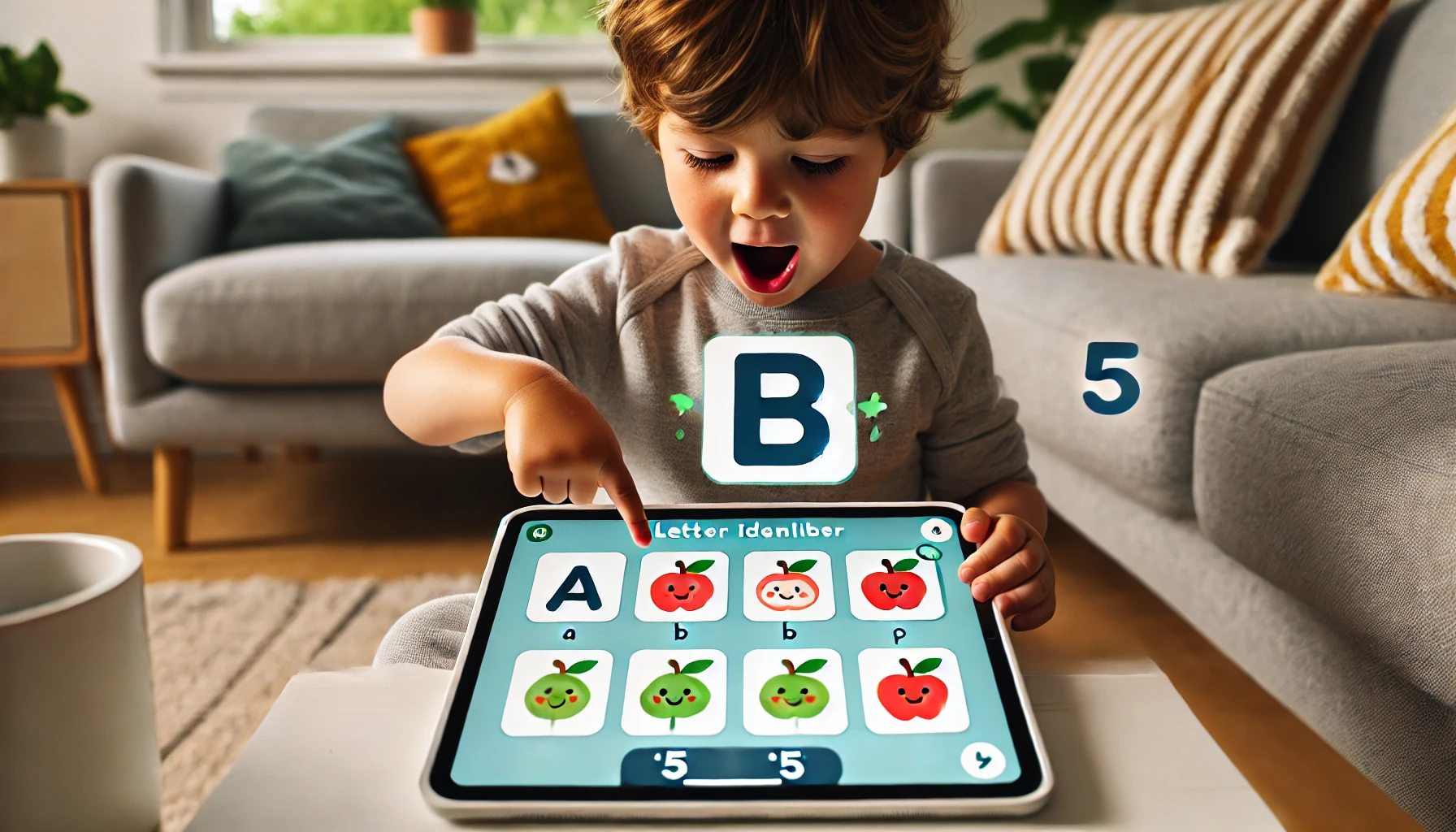
Let’s learn our letters and numbers! We can show a big letter “B.” Then we can have choices like “A,” “B,” and “C.” They can all shout “B!” when they see the right letter. Or we can show the number “5.” Then we can have pictures with 3, 5, and 2 apples. They can shout “Five apples!” It’s a fun and interactive learning way to learn. We can practice our ABCs and 123s in a game! These are perfect kindergarten learning activities! Learning letters and numbers can be so much fun this way. You can transform classroom quizzes with Gimkit for these early learning concepts.
Picture Matching Activities
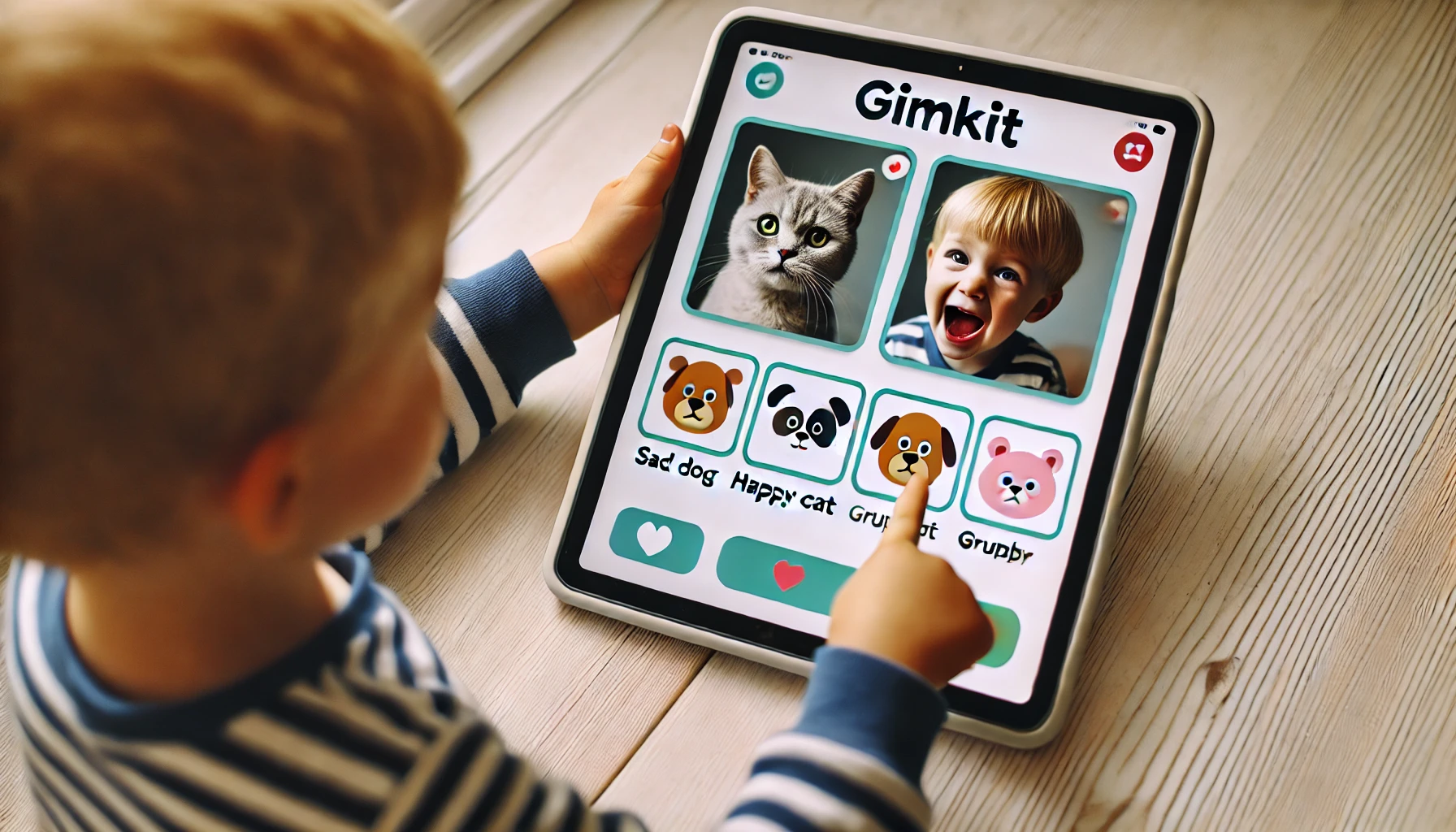
Let’s match some pictures! We can show a picture of a happy cat. Then we can have choices like a sad dog, a happy cat, and a grumpy bear. They can all shout “Happy cat!” when they see the matching picture. Or we can show a picture of a toothbrush. Then we can have pictures of a sink, a bed, and a table. They can shout “Sink!” because that’s where a toothbrush goes. This is great for learning new words. It also helps them understand where things belong. Think picture-based learning at its best! Matching games are always a hit with little ones.
Simple Sequencing (Visual Cues)

Let’s learn about what comes next! We can show a picture of someone putting on their shoes. Then we can have choices like putting on socks, tying their shoes, or putting on a hat. They can shout out “Tying their shoes!” because that comes after putting on shoes. We can work on simple steps like getting ready for school. Or making a sandwich. Using just pictures makes it easy for them to follow along. This helps them learn about order. It also helps them understand routines.
Sound Recognition (with Image Associations)

Let’s listen to some sounds! We can play the sound of a cow saying “Moo!” Then we can have pictures of a cat, a cow, and a pig. They can all shout “Cow!” when they hear the right sound and see the matching picture. This is a fun way to learn about animals. We can also do this with other sounds. Like a car honking. Or a baby crying. It helps them connect sounds with what they are.
Tips for Success When Using Gimkit with Young Learners
Keep it Short and Sweet
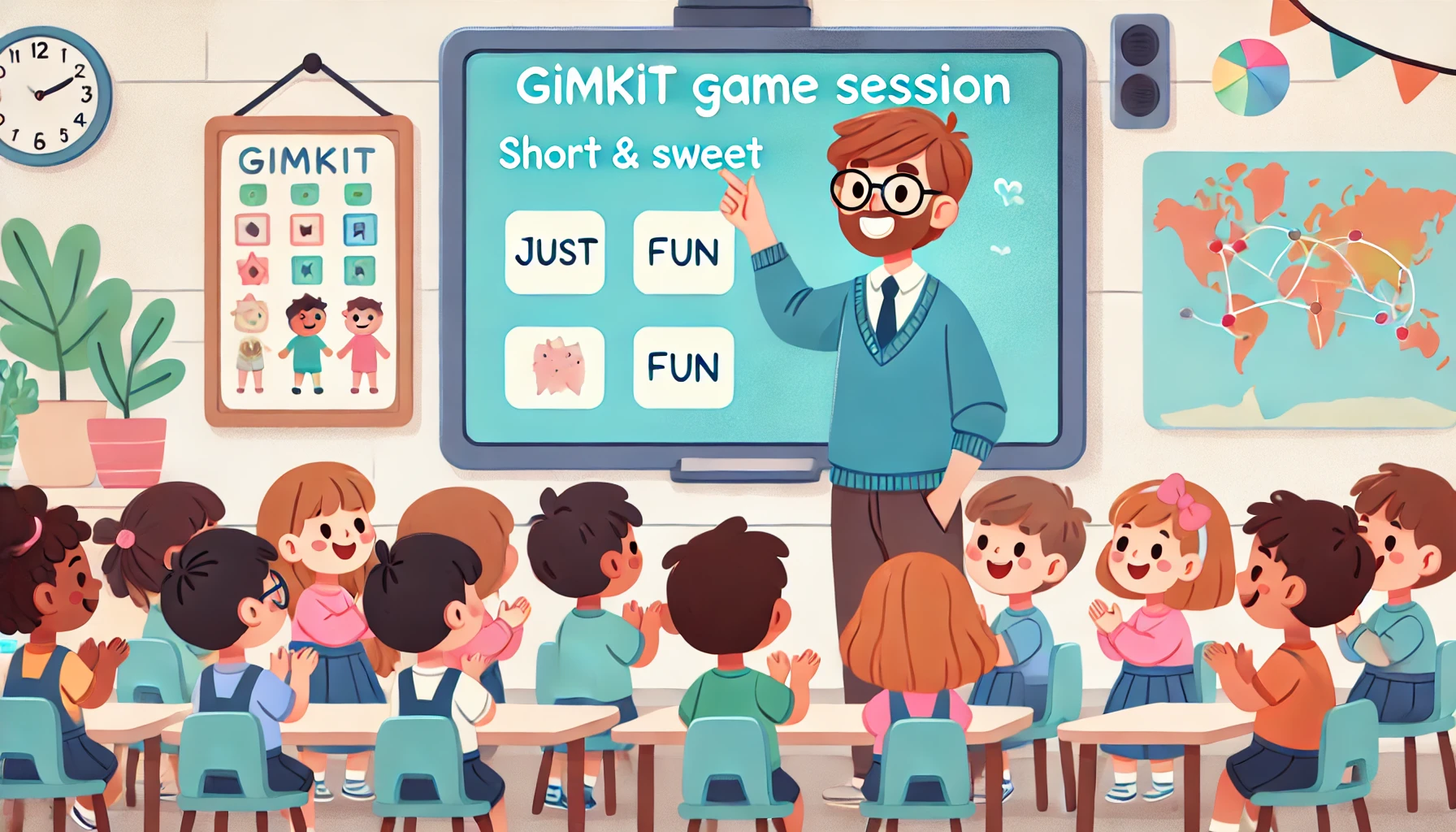
Little kids don’t have long attention spans. So, we need to keep our Gimkit games short. Maybe just a few questions at a time. We want to keep them interested. We don’t want them to get bored. Short and sweet is the way to go!
Focus on Clear and Simple Visuals

Our pictures need to be really easy to see. They should be bright and clear. Little ones need to be able to tell what they are looking at right away. We should avoid pictures that are too busy or confusing. Simple is better!
Teacher-led instruction is Key
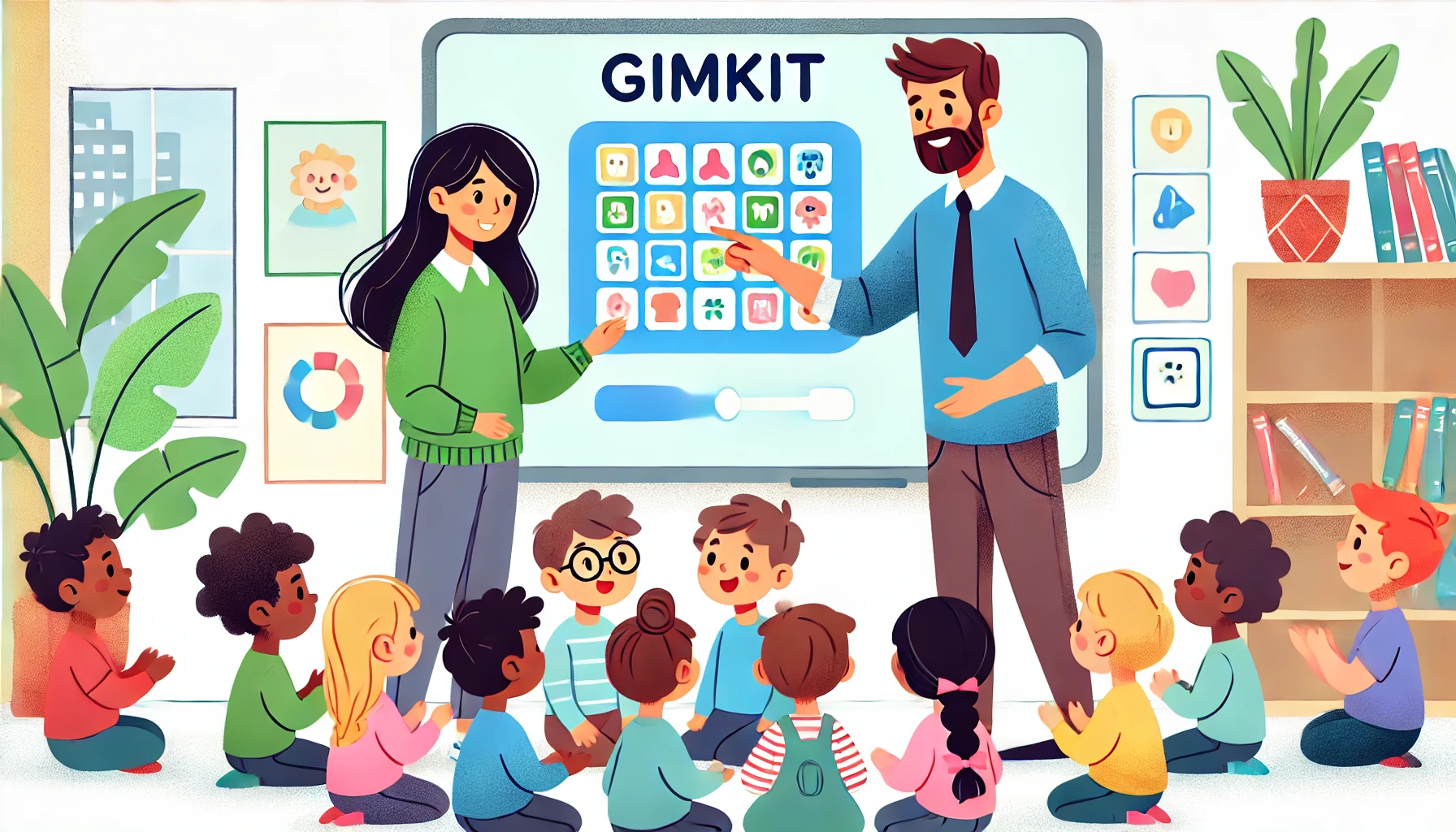
Remember, we are the leaders! We need to explain everything clearly. We need to help them understand what to do. We are guiding them through the game. It’s a teacher-led activity time.
Use Positive Reinforcement and Encouragement
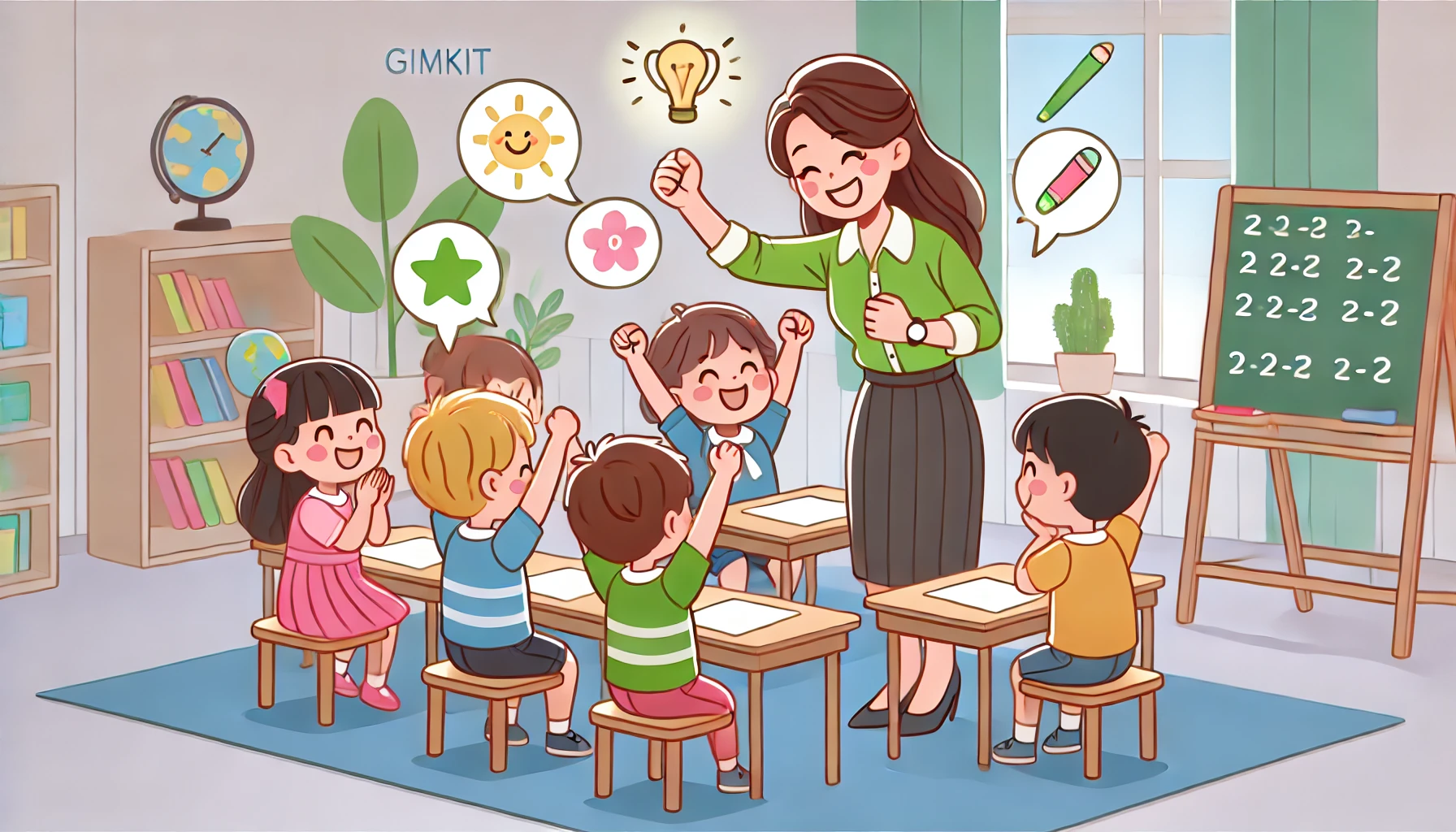
Let’s cheer them on! Let’s tell them they are doing a great job! We want to make it a happy and fun time for everyone. Lots of praise and encouragement will make them want to play and learn more.
Don’t Expect Independent Play
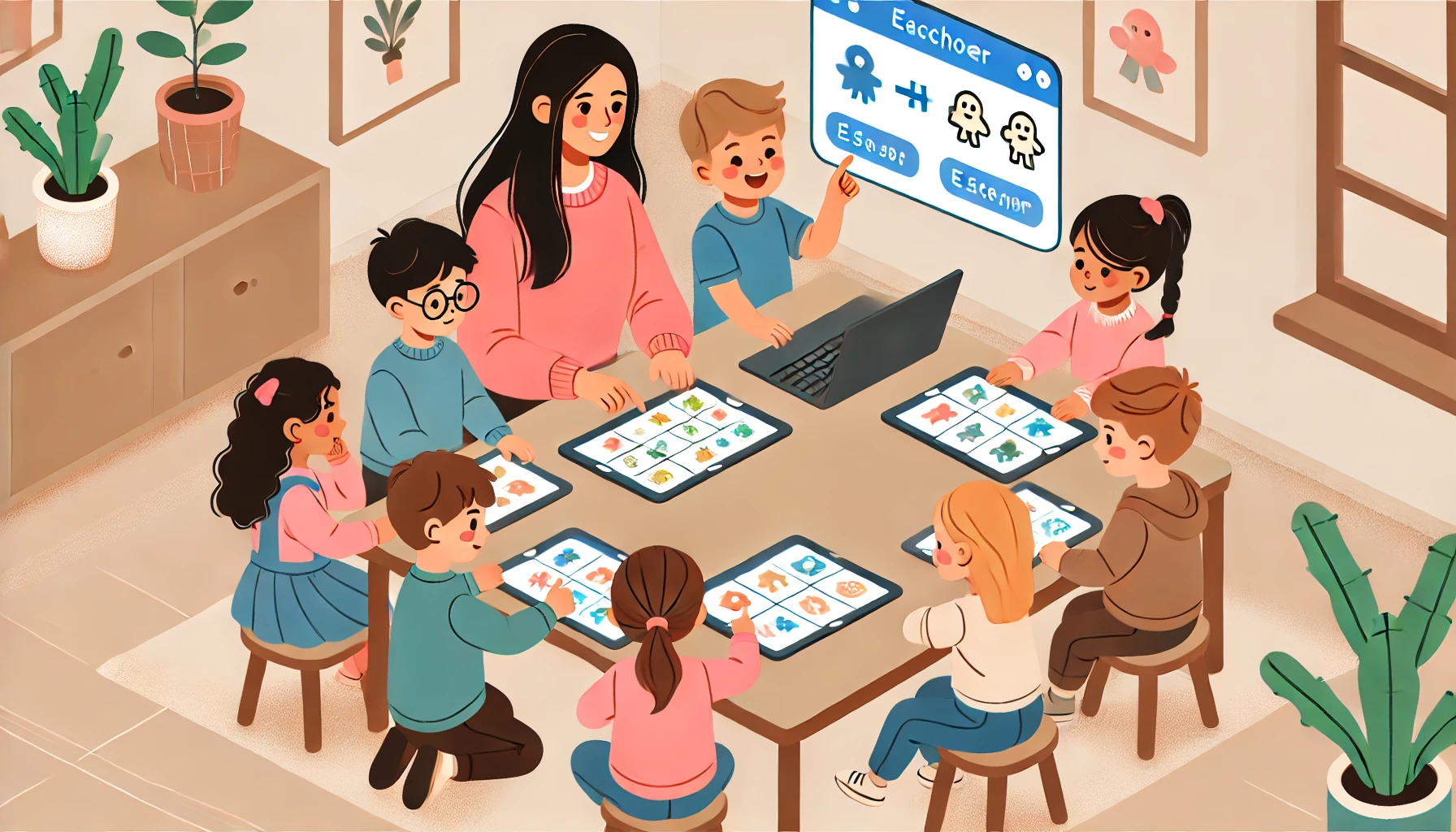
For this age, Gimkit will probably always be a group activity. We will be the ones running the show. They will participate with our help. And that’s totally okay! They are still learning and having fun.
Considerations and Limitations
Fine Motor Skills and Independent Use

Little hands might not be able to click the mouse or use the keyboard very well yet. That’s why playing as a whole class with you in charge works best. They can just shout out their answers.
Reading and Text Comprehension

Most preschoolers and kindergarteners are still learning to read. So, we need to use lots of pictures. We should keep any words very simple. Or just use sounds. Visuals are our best friends here!
Screen Time Balance
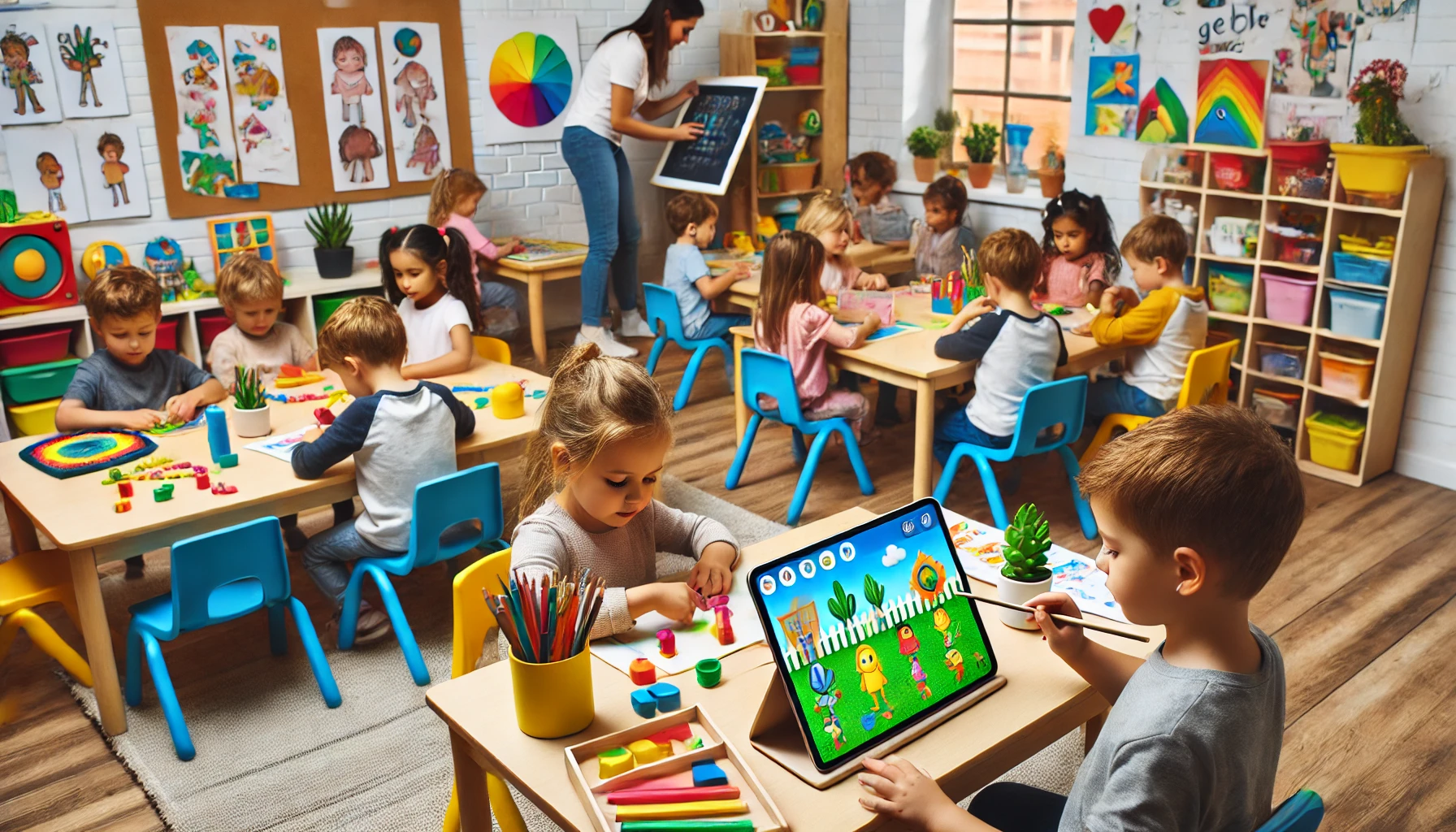
We always need to think about how much time our little ones are spending looking at screens. Gimkit can be a fun tool. But it should be just one of many different things we do in the classroom. We want to balance screen time with lots of hands-on activities. This is just one way Gimkit for K-12 learning can be adapted for various age groups.
Conclusion
So, even though Gimkit is usually for bigger kids, we can use it with our preschoolers and kindergarteners! We just need to be creative. We need to use lots of pictures. We need to lead the games ourselves. And we need to remember that it’s all about having fun and learning together. Using Gimkit with young learners can be a really cool way to spice up our early childhood education lessons! Why not give it a try and see what your little stars think? If you’re ready to explore this exciting possibility for your classroom, learn more about Gimkit Join and start creating engaging activities today!
Have you ever tried using Gimkit for preschool or kindergarten activities? What fun ways did you adapt it? Please share your awesome ideas in the comments below! Let’s help each other make learning super fun for all our little learners!
Frequently Asked Questions
What’s the easiest Gimkit game mode for young learners to adapt to?
The “Classic” mode is probably the simplest to start with. You can easily control the pace and focus on whole-class participation. Just show the questions and answers on the board and guide your students through it.
How can I find good pictures to use for my Gimkit questions?
There are lots of places to find free, high-quality images online! Websites like Pixabay, Unsplash, and Pexels offer a wide variety of pictures that you can use for your Gimkit games. Just make sure they are clear and easy for young children to understand.
Should I expect all my preschoolers or kindergarteners to be able to participate?
Every child is different, and some might engage more than others. Focus on making it a fun and low-pressure experience. Some children might just enjoy watching and listening, and that’s okay! The goal is to introduce them to interactive learning in a positive way.
Can parents use Gimkit with their young children at home?
Parents could definitely try some of these adapted ideas at home! They would also need to lead the game and focus on simple, visual questions. It could be a fun way to reinforce basic concepts in a playful way.
Are there any pre-made Gimkit Kits for early childhood education that I can use?
While Gimkit is typically used for older grades, you might find some user-created Kits that could be adapted for younger learners. You can search the public Kits library using keywords like “colors,” “shapes,” or “letters.” Remember, you can always edit existing Kits to make them better suited for your students!







































